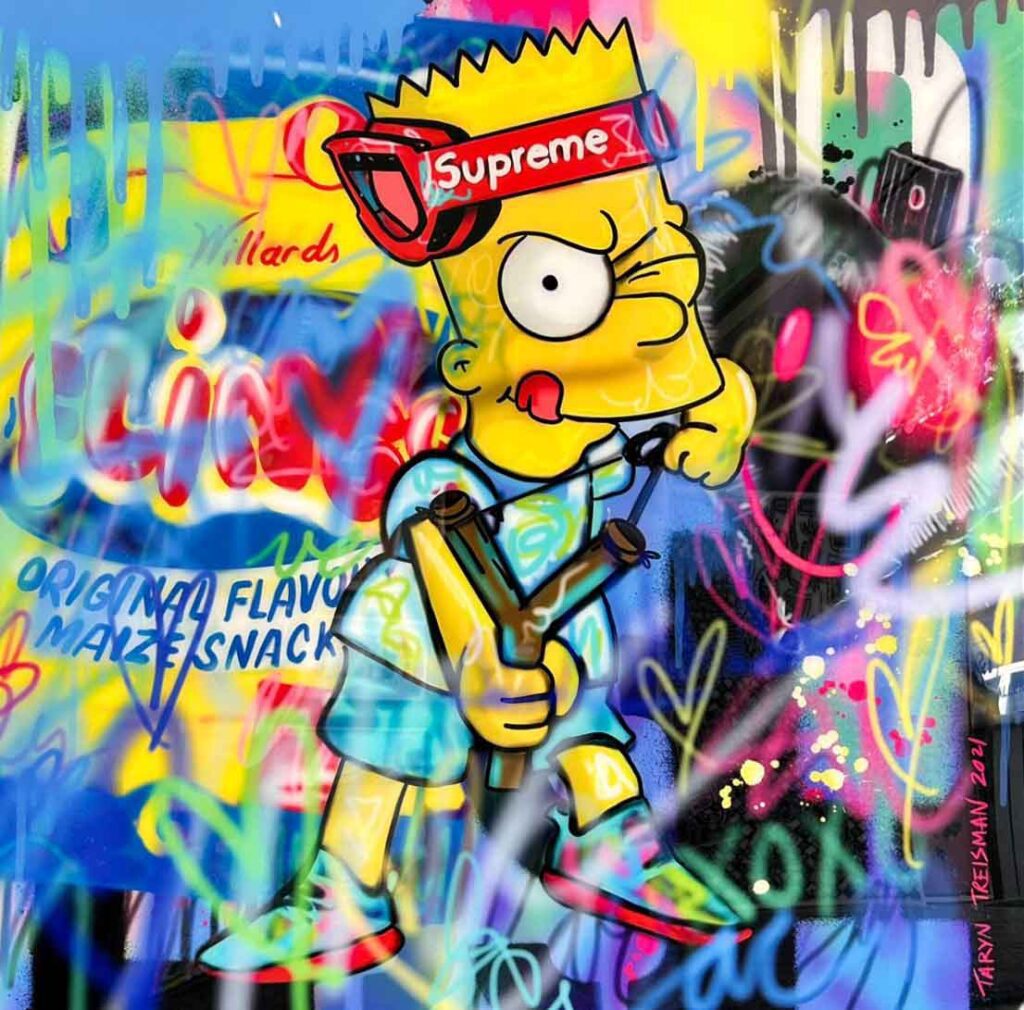Digital art has permeated our lives in ways we might not even realise. In this post, we’ll dive into the realm of digital art, shedding light on its creation and evolution.
The Making of Digital Art
Digital art finds its genesis in software, with Adobe Photoshop, Illustrator, and 3D modeling software being prominent tools. Artists harness these programs to craft digital paintings, illustrations, and various forms of artwork. Some begin with traditional sketches on paper, while others commence with a blank digital canvas, constructing their compositions from the ground up. Once the foundation is laid, artists introduce colour, shading, and other effects, gradually sculpting their art into a polished masterpiece.
For many digital artists, photography plays a pivotal role in their creative process. Whether they capture their own images or utilize stock photos as a foundation, they manipulate these visuals using software to birth unique artworks.
As artists continue to explore this medium, we can anticipate an influx of innovative and breathtaking creations.
The Evolution of Digital Art
Digital art has traversed a remarkable journey from its humble beginnings in the early days of personal computing. What once comprised rudimentary pixel art has now metamorphosed into intricately detailed and lifelike masterpieces that rival traditional art forms in quality and expression. A driving force propelling this transformation lies in the relentless growth of computer hardware and software capabilities.
As computer power escalates, artists continually push the boundaries of what’s achievable in the realm of digital art. This ongoing cycle of innovation and refinement, facilitated by each generation of hardware and software, fosters an environment of limitless creative possibilities.
The proliferation of personal computers and mobile devices has empowered more individuals than ever to explore digital artistry. This surge in artists venturing into the medium fuels its constant evolution.
In the grand scheme of things, one fact remains undeniable: digital art has transcended its humble origins and shows no signs of slowing down.
Should You Invest in Digital Art?
If you’re contemplating purchasing digital art, a few considerations should guide your decision. First, scrutinise the artist’s track record. Assess their experience, the kind of art they typically create, and their history of art sales. Second, reflect on the subject matter of the piece. Is it something that will continue to captivate you for years to come? Finally, consider the price. Ensure it aligns with your budget and the perceived value of the artwork.




